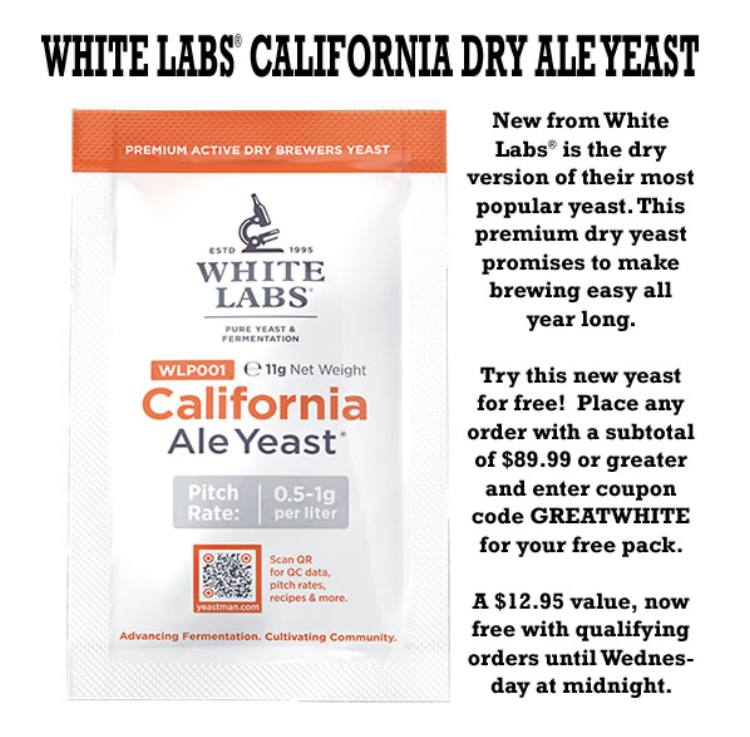| DRY | LIQUID |
| Selection | Not all strains can be dried effectively due to the large scale and process of drying, so the selection is limited | Production of liquid yeast is generally smaller scale, flexible, and can be optimized to provide a much greater selection of strains |
| Flavor | Generally more neutral in flavor and aroma. The drying process contributes some stress on yeast, so flavor production in fermentation is muted | Liquid counterparts will have more distinct aromas and complex flavors due to the health and viability |
| Ease of Use | Open package and sprinkle on top of wort (no rehydration required) | Twist open cap and add to wort or pump inline with our FlexPump (Aseptic Transfer System). |
| Flocculation | Due to the drying process, cell membranes can often be deficient in membrane proteins responsible for flocculation. This can lead to less effective flocculation capabilities. | Strain-dependent, but consistent flocculation properties by strain. This is a result of robust cell membranes with intact flocculation proteins, leading to efficient flocculation. |
| Nutrient Requirements | Some nutrient availability in the form of non-viable yeast, adding sterols, nitrogen, and other micro-nutrients | Wort oxygenation is critical, as is adequate FAN and other micro-nutrients |
| Pitch Rate | 50-100g/hL, somewhat dependent on actual viable yeasts in the package | Precise cell counts, allowing accurate custom calculations for pitch rate |
| Fermentation Speed | Dependent on pitch rate | Dependent on pitch rate |
| Shelf Life | Long shelf life (12-24 months from production date). Can be stored at ambient temperature, although it is recommended to store it under refrigeration to maximize the shelf life. | Shorter shelf life than dry, but grown fresh with high viability percentage. Should always be stored under refrigeration. |
| Quality Control | Follows strict specification standards for bacterial and wild yeast contaminants per 1 million yeast cells | The propagation process results in higher purity cultures, enabling the detection of wild yeast & aerobic bacteria contaminants per 40 million yeast cells and anaerobic bacteria contaminants per 140 million yeast cells. This typically allows liquid yeast to be repitched for more generations |
| Repitching | Can be repitched, but typically has a potentially higher microbial load (see Quality Control above), which can grow over generations, resulting in contamination of harvested yeast quickly | More sensitive QC specifications allow liquid yeast to be repitched for more generations without the risk of increased microbial population |
| Shipping | Can be shipped in less temperature-regulated environments, resulting in less packaging (insulation and ice) and less expensive shipping methods. Due to its dry form, it is typically easier to import/export in global markets. | Requires cold shipping to maintain viability, which requires insulated shippers with ice and fast shipping methods. Can be challenging to import/export in some countries due to strict regulations for live cultures |
| Cost/Value | Typically lower priced than the equivalent volume of liquid yeast | Higher priced than dry yeast, but better value when repitched as a result of the number of generations that can be gained from liquid yeast |




